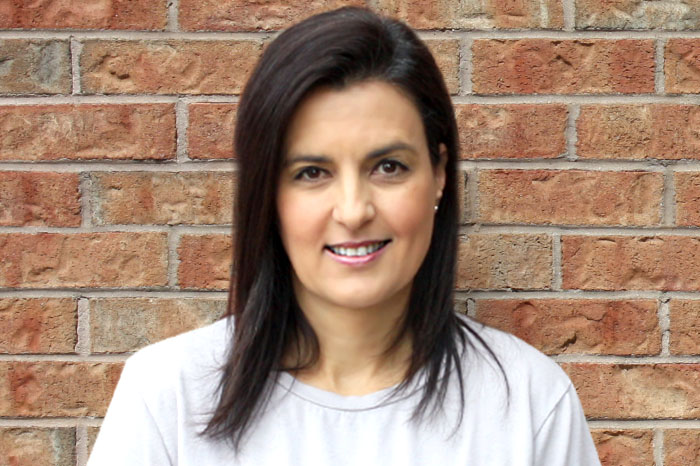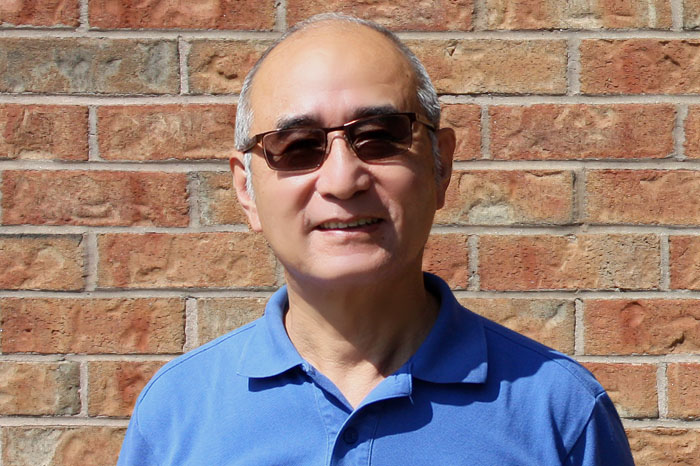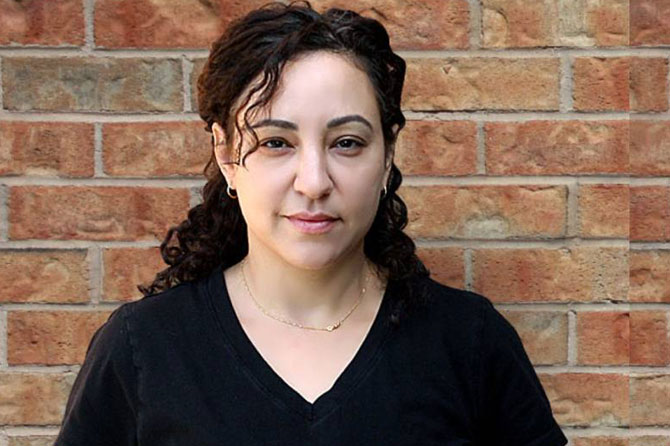


Chiropractor in Oakville
Our team of trusted chiropractors Oakville is committed to delivering high-quality care, ensuring your well-being, and providing effective solutions for your health needs. Put your trust in our expertise and take the first step towards a healthier, pain-free life with our chiropractic services in Oakville.
Chiropractic Services in Oakville
At Halton Chiropractic Clinic, you’ll find dedicated and skilled chiropractors in Oakville who are committed to helping you achieve optimal health and well-being. Our team of Oakville chiropractors brings years of experience and expertise to provide personalized care and effective treatments for a wide range of conditions. Whether you’re seeking relief from pain, improved mobility, or overall wellness, our chiropractors are here to support you on your journey to better health. Trust in our chiropractic services at Halton Chiropractic Clinic to experience the transformative benefits of chiropractic care.

Easily Accessible Care
At Halton Chiropractic Clinic, we offer easily accessible care, ensuring you can prioritize your health without any hassle or inconvenience. Our convenient location and flexible appointment options make it simple for you to receive the care you need when you need it.
Personalized Care
Experience personalized care at Halton Chiropractic Clinic, where our dedicated team tailors treatments to address your specific health needs and goals. We prioritize your well-being to provide you with the best possible chiropractic experience.
Comprehensive Care
Receive comprehensive care at Halton Chiropractic Clinic, where our skilled team addresses your overall well-being through a range of specialized treatments and therapies tailored to your unique needs. Trust us to support your journey to optimal health and wellness.
We are passionate about
health and wellness

Dr. Larry Laughlin
B.P.H.E., D.C

Dr. Bill Stackhouse
B.Sc., D.C

Helena Greyvenstein
B.Sc., P.T.

Traci Howard
B.A., RMT

Frank Chen
RMT

Sheri Simon
Front Desk Support

Tamara Jossa
Front Desk Support

Rosslyn Phillips
Office Manager
We are passionate about
health and wellness

Dr. Larry Laughlin
B.P.H.E., D.C

Dr. Bill Stackhouse
B.Sc., D.C

Helena Greyvenstein
B.Sc., P.T.

Traci Howard
B.A., RMT

Frank Chen
R.TCMP, R.Ac, RMT

Sheri Simon
Front Desk Support

Leslie Martin
C.R.h.P. & Reiki Master

Tamara Jossa
Front Desk Support



